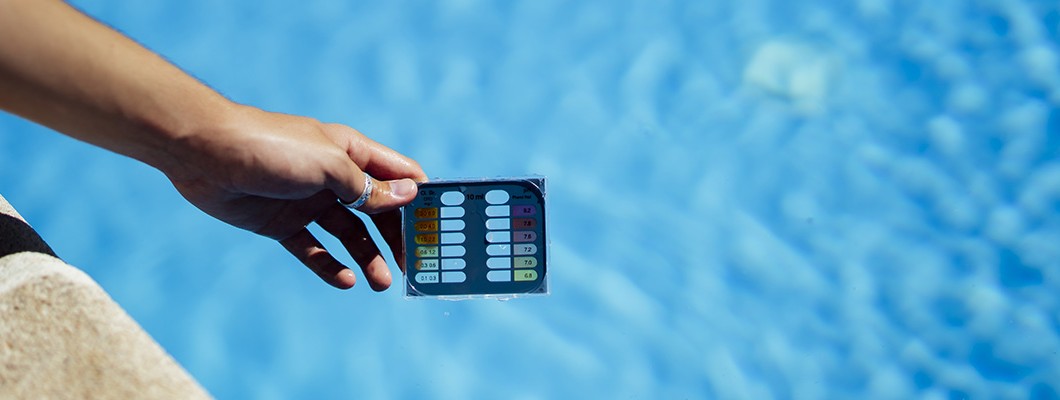
Do test strips really work?
Yes. Test strips were developed for the medical industry in the 1960s to be used as diagnostic tools. They have since replaced liquid reagent tests for urine and blood testing and are used in a number of other industries as well. AquaChek test strips use this same trusted technology to provide accurate results regarding water contaminants.
How accurate are test strips?
Test strips offer comparable accuracy to liquid color comparator tests. You may find that results are even more accurate because liquid kits require measuring samples and counting drops of reagent which leaves more room for human error.
What is the difference between AquaChek and the other pool and spa test strips available on the market?
AquaChek has been the top-selling brand of pool and spa test strips in the world since the early 1980's. Experience as well as continued product improvement keeps AquaChek ahead of the competition.
What is the best way to care for my AquaChek Strip kit?
Store your test kit in a cool, dry place and avoid touching the test strip pads prior to testing as this could affect results. It is important to keep the lid of your pool/spa test strips bottle securely tightened when not in use and not to remove the desiccant (moisture protection pillow) in the test strip bottle.
One of the test pads on the strip doesn't match the color chart. What might be happening?
Chemistry Pad Color What could this indicate?
Free Chlorine Pink This may be due to high acid or high base conditions. Check the pH and Total Alkalinity levels to see if they are very high or very low.
Total Chlorine/ Total Bromine Brown or Orange The bromine level or chlorine level is higher than 20ppm which is very high. Remove any bromine tablets from your pool or spa until the level is back in the “ok” range.
pH Bright Yellow The pH level is very low — it is urgent to bring the pH back up into the “ok” range. A low pH can cause swimmer discomfort in the skin and eyes and can cause corrosion of pool fixtures and equipment, leading to costly repairs. Please refer to a pool professional or AquaChek calculators for assistance in raising or lowering pH levels.
Light Pink A pink color on the pH pad can be caused by a very high sanitizer level. Additionally, at high pH, the pH pad can be a pink/violet color.
Black The pH pad can turn black when being dipped into spas with high concentrations of Bromine sanitizer.
Purple The sanitizer level (chlorine or bromine) is very high and needs to be brought down to the "ok" range, and then retested for pH and Total Alkalinity. An excess of chlorine can bleach hair or bathing suits and can cause eye irritation.
Cyanuric Acid Yellow A yellow color for stabilizer can be caused by a few different conditions. Usually, things like low pH and low alkalinity can cause the stabilizer pad to be yellow. For the best stabilizer results, it should be used in water that has pH between 7.0-8.4 and total alkalinity of 240 ppm or lower.
Total Alkalinity Royal Blue There are two possibilities: (1) If your pH pad turned purple as well, the sanitizer level is probably very high. Lower the sanitizer and then retest. (2) If your pH pad did not turn purple, the total alkalinity level is high (about 300ppm). Lower the total alkalinity and then retest. Remember, if your cyanuric acid level is high, it can contribute up to 1/3 of the total alkalinity reading.
